FULL SUN
Dappled sun when temperatures are above 85 degrees. Minimum of 6 hours.
pH
Low (Acidic) pH of 6-6.5
WATER
Needs to be watered well, but well draining soil.
FEEDING
Heavy feeders needing a well balanced N-P-K ratio
PLANTING
October to March. Plant out transplants or bare rooted plants available online. Do not plant bare roots later than February, check with growers on shipping dates before purchasing. We trust GrowOrganic.com for bare root plants.
Strawberries are the crop that takes everyone back to their childhood. There’s always good memories around strawberries, whether it’s fresh picking, homemade strawberry jams or pies, or a bowl of strawberries and cream. These are the memories people want to share and create with our children. At Ardenelli Farms, it brings such joy to our hearts to watch our fun little one pick her own strawberries and enjoy them with juices running down her chin. Here is how we get them to grow prolifically in our climate.
VARIETIES
Strawberries are available in ever-bearing and June-bearing types. Ever-bearing types that work well in our climate are Ozark, Quinalt, and Loran. June-bearing types are Chandler and Sequoia. June-bearing types will only bear fruit in early Summer, and will not bear fruit again until the following year. They are however heavier bearers that the Ever-bearing types. Ever-bearing types will not produce when it is very hot, but will start to produce again around September as temperatures start to cool down, giving you fruit all Spring into early Summer and again in Fall. We suggest a mix of both ever-bearing and June-bearing plants.
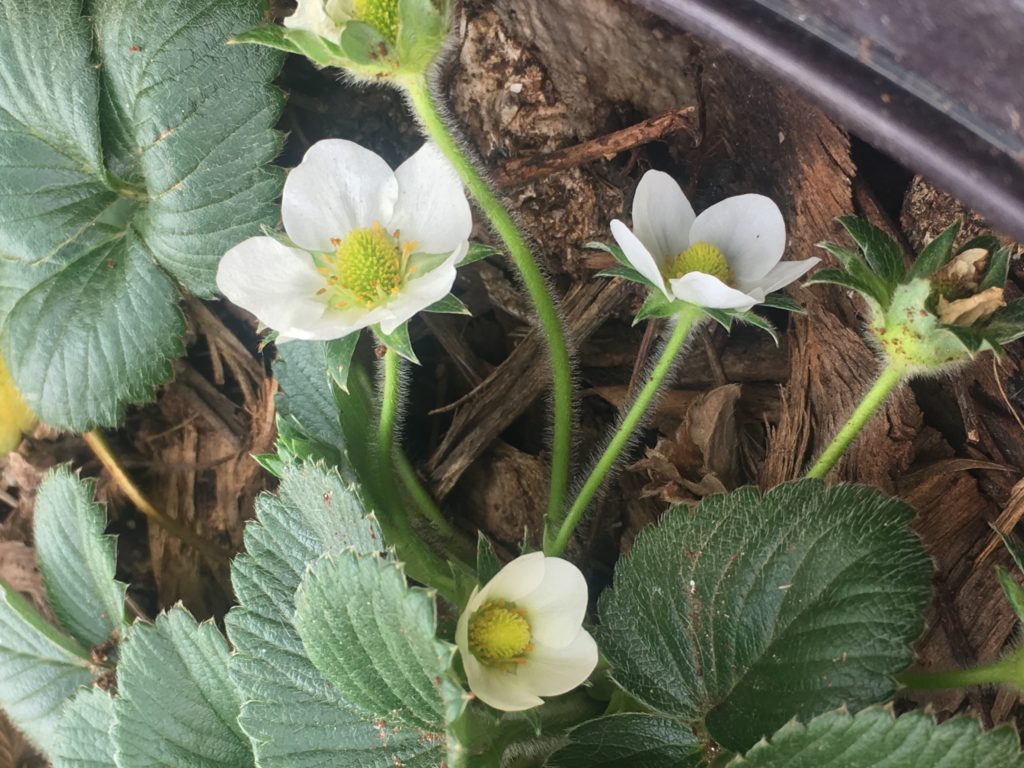
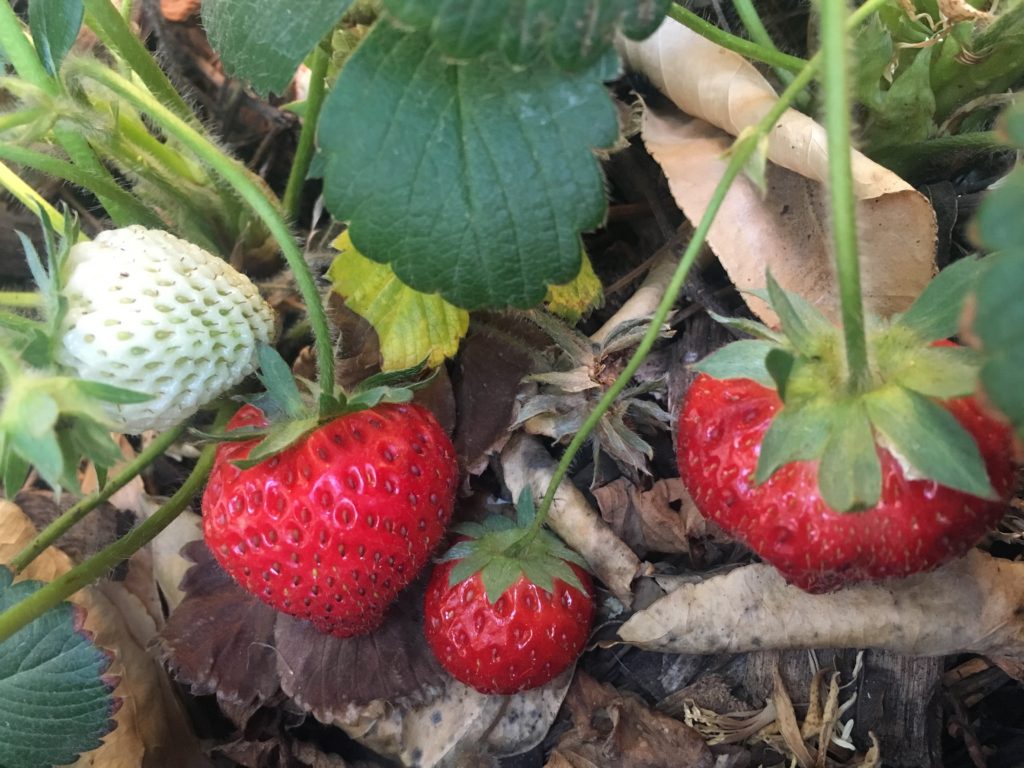
HOW TO GROW
Most grower recommendations for strawberries will state that they need full sun. However our temperatures are too high for the delicate fruits and the plants will burn up in our summers if they are not protected. They do well where they can get full sun from later October until around April before temperatures are consistently above 85 degrees.
During the summer they will need dappled sun all day, (at least 6 hours) or use some form of sun protection. The mini photography umbrellas are perfect for strawberries. They could also be planted under other acid loving plants. We like to grow them under roses or in citrus tree wells. Shade cloth will work well to protect them too.
- Plant strawberries a foot apart. An easy way is to use your hand as a spacing guide.
- Strawberries need an ericaceous soil (acidic soil.) Amend soils with cottonseed meal and Down to Earth’s Acid Mix. We also like Bio Fish for its high nitrogen and Phosphorus content. Mulch heavily with pine needles which help with the acidity. At Solitary Bee Gardens, we have a few plants growing beneath a potted lemon tree. It is mulched with pine but the mulch has also been inoculated with oyster mushroom spawn. This helps keep the soils pH down.
- Strawberries are heavy feeders, and will require very rich well-amended soils, that has a good amount of nitrogen and phosphorus, but also benefits from potassium. Liquid Bloom used bi-weekly will keep strawberry plants healthy and producing.
- Strawberries can grow surprisingly deep roots. If planting in containers, ensure that the containers are at least two feet deep.
- They require well draining soils. Planted in our native clay without good drainage causes the roots to get waterlogged. When preparing the soils, add a generous amount of fine lava rock to help with drainage mixed with good compost.
NEVER PLANT STRAWBERRIES TOO DEEP
The crown, which is the area right above the root zone must sit mostly above the soil. Plant to the depth of the mid part of the crown. When planted too deep (all or most of the crown below ground), they will rot and the plant will die. If it is planted too high ( with all of the crown exposed), it will dry out and die.
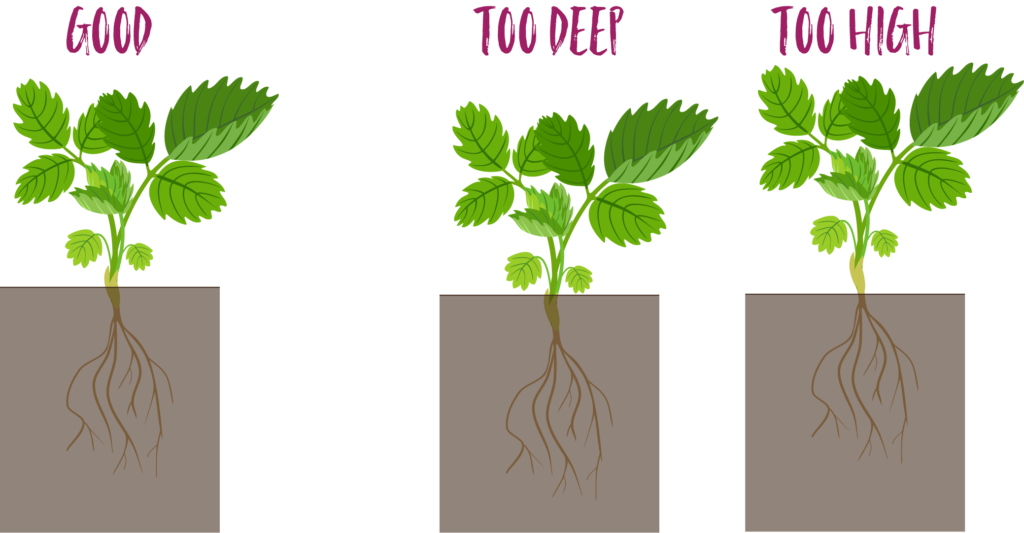
POSSIBLE ISSUES
Misshapen Strawberries
Misshapen strawberries are quite common. This could be caused by poor pollination or even very windy conditions as fruit set occurs. Hand pollinate with a paintbrush if needed. Also the more plants you have, the better the chances of pollination and a prolific harvest. A minimum of ten plants is good, but twenty will be better. Ants on strawberry plants are common and good pollinators.
Birds
Birds can be the bane of the strawberry gardener. Mini photography umbrellas, will hide them from birds. If planted under trees or other plants, individual fruits could be bagged with organza bags or the plants could be covered with tulle.
Insects
Insects are another common problem. Pill bugs, crickets and even fruit flies will eat them. Fruit flies are attracted to the fruit that has already been compromised by another insect. Organza bags will prevent this issue.
Fruit Rot
Fruit rot could occur if fruits are sitting on wet soils or mulch. Strawberry supports will keep strawberries off the soils preventing them from rotting and also making them less prone to insect damage.
No Fruit
Not fruiting. Check the soil pH, also ensure the plants are getting good nutrition, amend soil by adding a rich nitrogen and phosphorus product. Make sure the plants are getting at least 6 hours of dappled sun.
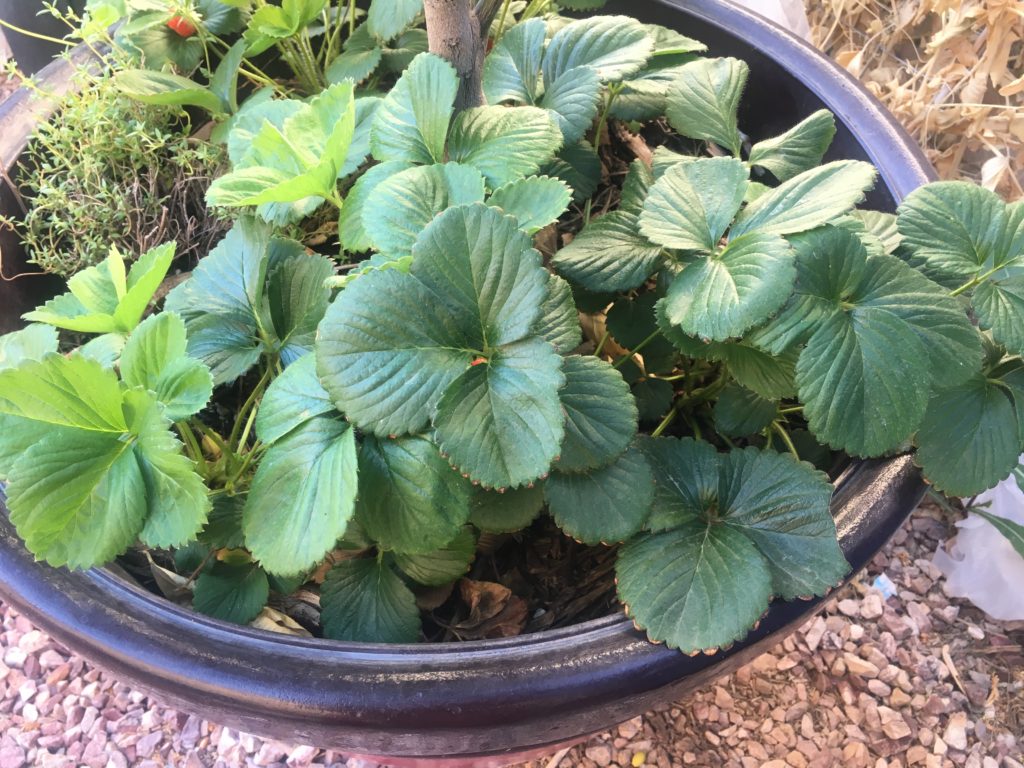
COMPANIONS
Besides citrus and roses, strawberries are often planted with asparagus as a means to keep weeds under control. They do well planted with the onion family, or with thyme and sage. If you are planting them out in Fall, marigolds also make a good companion. Keep strawberries away from the brassica family.
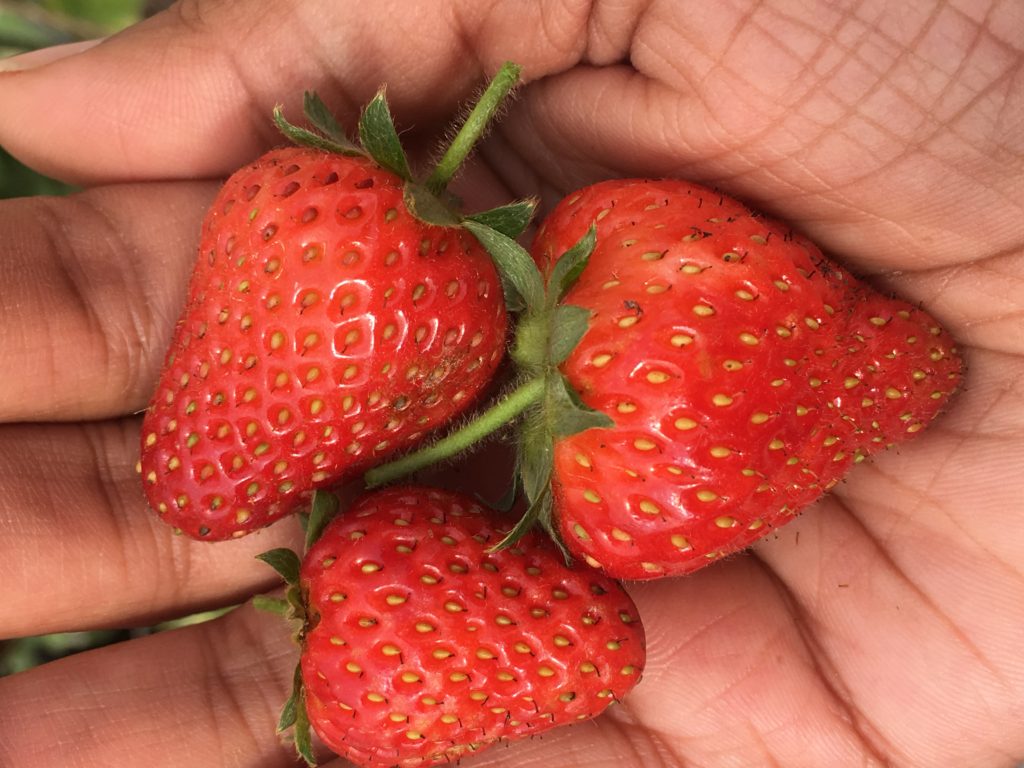
HARVESTING
Check plants everyday once ripening has started and do not pick too soon. Strawberries should be a deep red color to be at optimum ripeness. Once picked they will not ripen further. They are best enjoyed immediately after picking or during that same day.

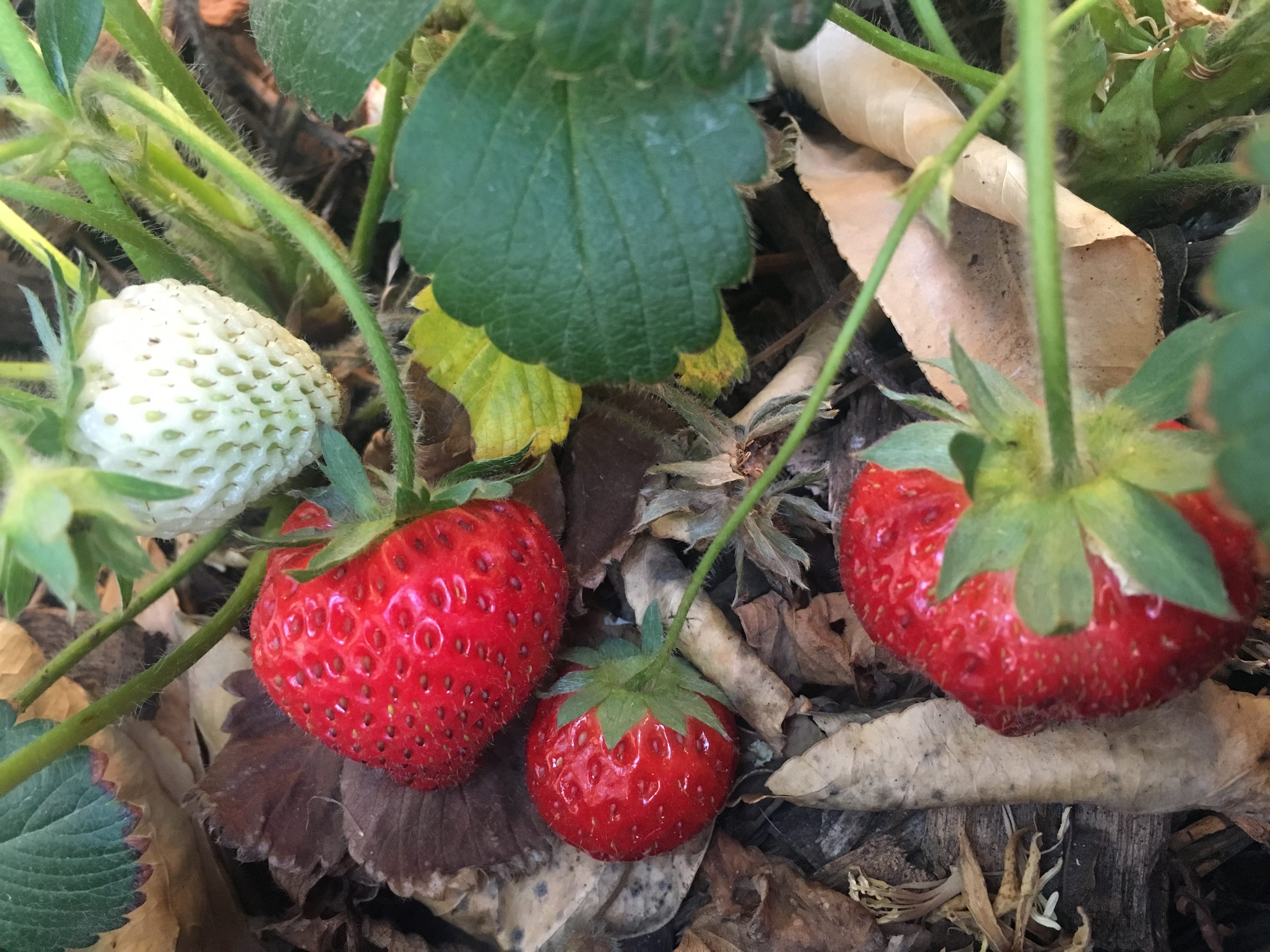
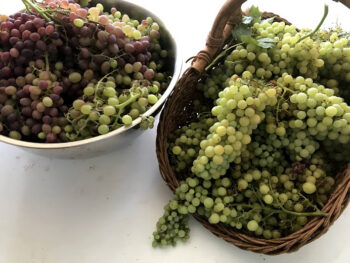
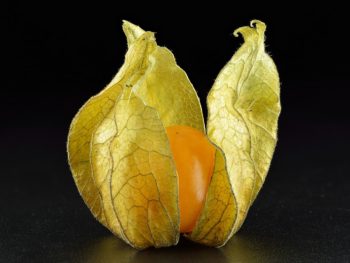
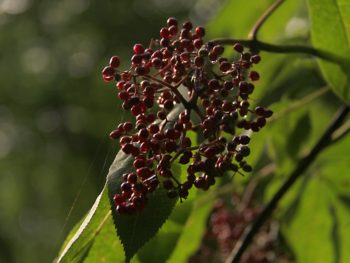
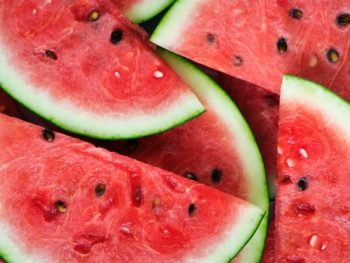
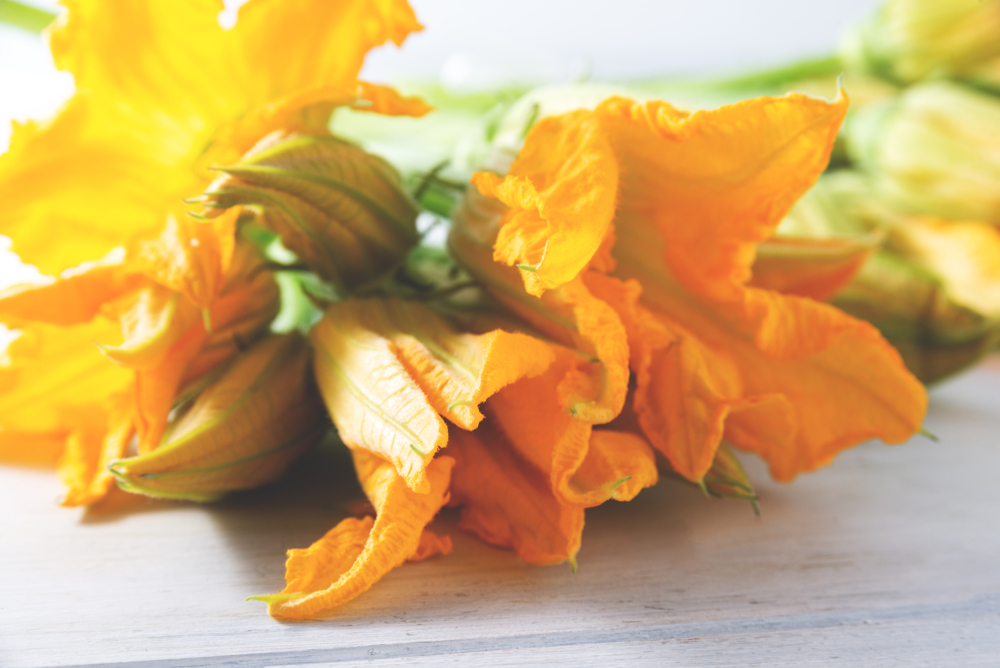 Keeping Squash Blossoms Fresh
Keeping Squash Blossoms Fresh